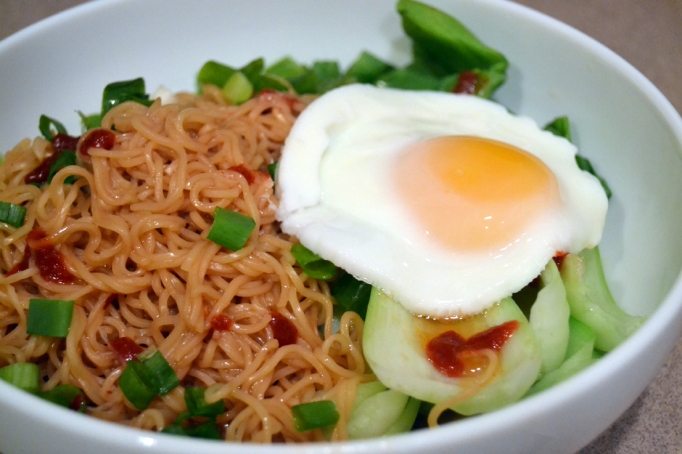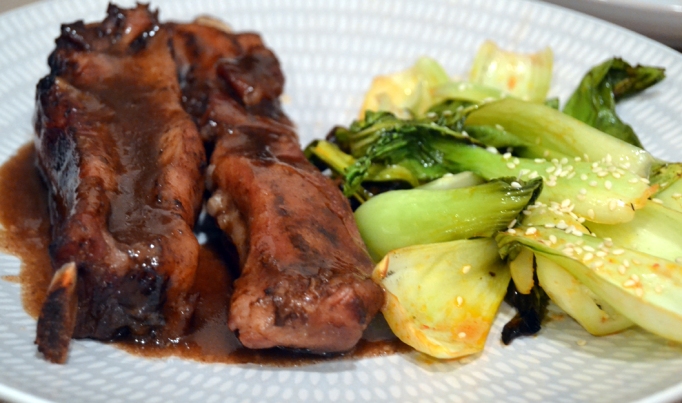Dare I say it—we are just about caught up on our vegetables. Tonight I’m making Serious Eats’ Lemongrass Beef Stew (again!) to use up the last few daikon radishes, carrots, and Asian greens. So we go into Week 7 with a fair amount of confidence that we can eat and enjoy all our vegetables.
2 small kabocha squash
Lacinato kale
Lettuce
Tatsoi bok choy
Swiss chard
Carrots with greens
Broccoli
I WISH I WAS FREEZING…MORE THAN JUST BROCCOLI
It’s hard to get in the holiday spirit when the temperature can’t seem to settle anywhere south of 80 degrees. In my head it’s time for warming stews and hot beverages, but in reality I wore flip-flops to pick up my basket, with the car’s AC cranked to high. The nights are blessedly cool (unlike in the summer time) and at least Christmas day should dip into the 60s, but my blood just hasn’t thinned enough to find this amusing.
Holiday spirit aside, it’s hard to do other things when the weather is so unseasonably warm—like steam a load of veggies for freezing. But I soldiered through sweating in my kitchen for a couple of hours, knowing that I’ll appreciate it when it’s too hot for fresh vegetables in the summer (yes, you read that right. I live so far South that it’s too hot to grow anything in the summer time. Our CSA is fall–spring only.)
The Internet holds much debate on the nutritional virtues of frozen vegetables. From what I’ve read, lightly blanched or steamed then frozen vegetables carry much the same nutrients as their fresh counterparts. But there’s no debate that the texture suffers in freezing, so I generally only freeze vegetables that are great for soups and stews. Today I steamed almost 2 pounds of acorn squash and 1.5 pounds of broccoli, cooled them and bagged them for the freezer. I’d normally prefer to store in glass for the long-term, but I’m a little short on freezer space these days what with all the cooking I’ve been doing.
I use this handy guide for blanching or steaming times for most vegetables. It’s recommended to use the freshest vegetables possible, but if it’s a choice between freezing and tossing in the compost pile, I’ll freeze a less-than-fresh batch of veg any day.
RAMEN WITH BOK CHOY AND POACHED EGG
This vegetarian-friendly dish was proclaimed by my boyfriend to be one of the best things I’ve ever made. He happens to be a tiny bit obsessed with poached eggs, but even I had to admit it was up there on the list.
Serves 2
Time: Quick (<25 minutes)
Ingredients
4 oz plain ramen noodles (might also be called Chinese noodles; just don’t get the flavored Maruchan variety!)
1 cup vegetable broth
1 cup water
2 tbsp sherry
2 tbsp soy sauce
2 tsp grated ginger
1 pod star anise
1 head bok choy, lightly steamed
2 scallions, sliced
2 eggs, poached (if you don’t mind them a little runny, that’s perfect for this dish. The egg acts as a sauce for the bok choy)
Sesame oil and sriracha to serve
Instructions
- Bring the water, broth, sherry, soy sauce, ginger and star anise to a boil in a medium pot. Break up the ramen and add to the pot. There might not be enough liquid to cover it, but ramen cooks quickly so it doesn’t matter. Leave the pot boiling for about 3 minutes till ramen is softened, then turn to low. The ramen will continue to absorb most of the liquid.
- Meanwhile, steam the bok choy and poach the eggs.
- To serve, remove and discard the star anise. Split the ramen and any broth that hasn’t been absorbed between two wide, shallow bowls. Place the bok choy to the side of the ramen and lay the egg on top of the bok choy. Sprinkle the scallions and drizzle with sesame oil and sriracha.
- To eat, break the egg yolk over the bok choy, mixing in the broth, sriracha and sesame oil. Try not to slurp ramen all over yourself.
With Christmas in the middle of the week I’m sure my posting will be even more sporadic than usual, so in case I’m not back sooner—
As the year coming to a close, I’m pretty darned grateful that I have the means and time to enjoy preparing so many vegetables. Not to mention being able to share those vegetables with someone who enjoys them to. It’s with a thankful heart that I wish all my readers and anyone who’s stumbled on this post a very happy and safe holiday season and a bountiful new year.















